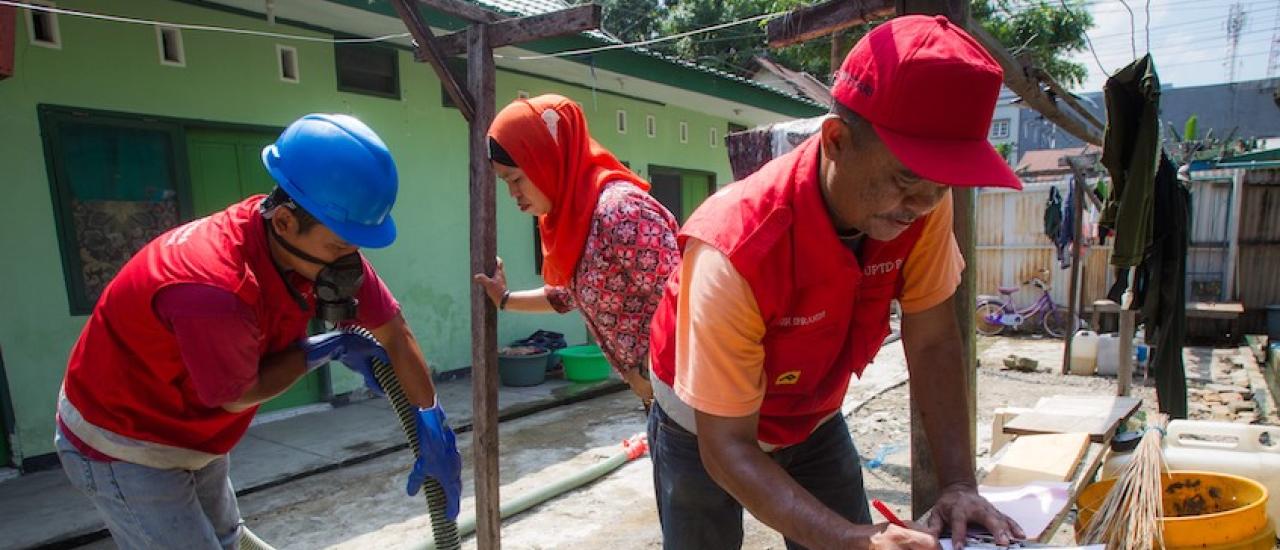Despite the demonstrated health, economic, social, and environmental benefits that sanitation improvements provide, governments consistently underfund and place a low priority on sanitation. Though the challenges differ in urban and rural areas, the shortage of sanitation facilities and services is acute, and the solutions are complex. Ensuring more households have a toilet is not enough. At the current rate of progress, universal access to safely managed sanitation will not become a reality until the 22nd century, well beyond the global goal of 2030. However, with ongoing examination of emerging research, exploration of what has and has not worked in the past, and a commitment to identifying locally relevant and innovative solutions, USAID is working to close the sanitation gap.
USAID focuses on increasing sustainable access and use of safe sanitation services and promoting key hygiene behaviors through investments that generate the greatest health benefits in poor and underserved communities: improving basic access to sanitation services in households and institutions and management of fecal waste. Achieving widespread community coverage of basic sanitation and ending open defecation are critical priorities, as fecal contamination affects the community well beyond the household level. Where populations have greater access to basic sanitation, such as in urban areas, USAID emphasizes investing in safely managed sanitation, which focuses not only on containment but also on the emptying, transport, treatment, and safe disposal of waste.
USAID’s Water and Development Plan, part of the U.S. Government Global Water Strategy, set a target to help provide 8 million people with sustainable access to sanitation services by 2022 — a goal the Agency has already exceeded by 2.6 million people. As we celebrate World Toilet Day 2020, read about how USAID supports sustainable sanitation around the globe.
Read the full article on Global Waters Stories on Medium.






